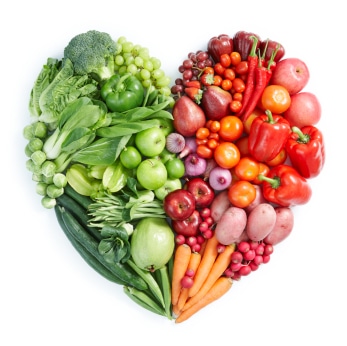We write on this website quite a bit about the importance of eating low glycemic foods and have described how...

We write on this website quite a bit about the importance of eating low glycemic foods and have described how...
© 2025 jackomd180. All rights reserved.